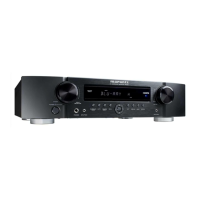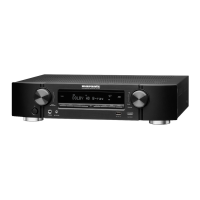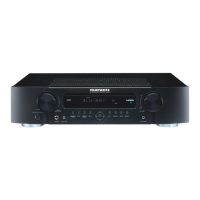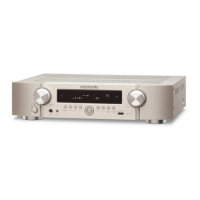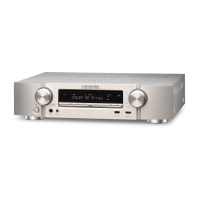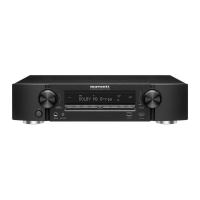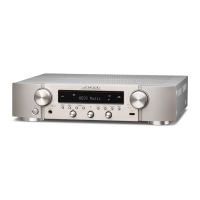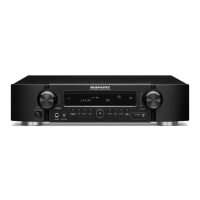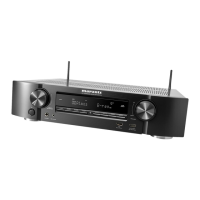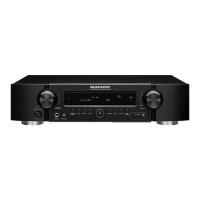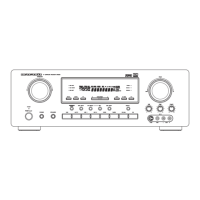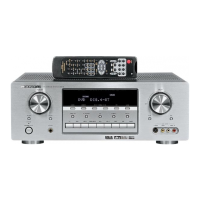Why is there no sound from surround back speakers on my Marantz Receiver?
- BbarneseduardoSep 3, 2025
If there is no sound from the surround back speakers connected to your Marantz Receiver, ensure that the surround mode is set to PL IIx or another 6.1 or 7.1 channel surround sound mode. Also, check that SURROUND BACK = YES or 2CH is selected on the SPEAKER CONFIG menu. Verify the speaker is connected to SURROUND BACK L when SURROUND BACK is set to YES.
